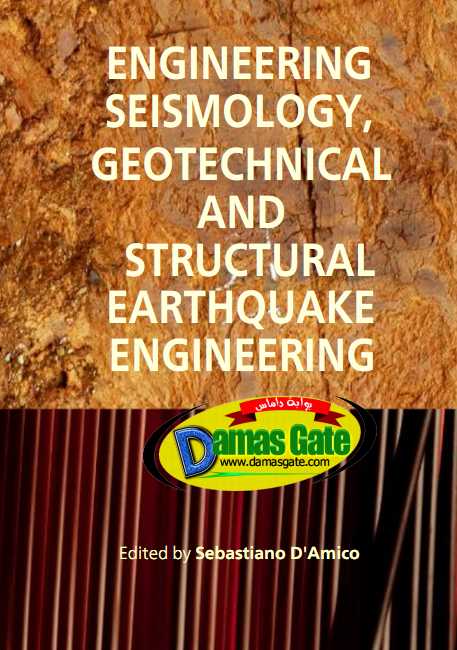Engineering Seismology Geotechnical and Structural Earthquake Engineering

Preface
The mitigation of earthquake-related hazards represents a key role in the modern society. The
mitigation of such kind of hazards spans from detailed studies on seismicity, evaluation of site
effects, and seismo-induced landslides, tsunamis as well as and the design and analysis of
structures to resist such actions. The study of earthquakes ties together science, technology and
expertise in infrastructure and engineering in an effort to minimize human and material losses
when they inevitably occur. Chapters deal with different topics aiming to mitigate geo-hazards
such as: Seismic hazard analysis, Ground investigation for seismic design, Seismic design, as‐
sessment and remediation, Earthquake site response analysis and soil-structure interaction
analysis. Chapter one deals with seismic hazard analysis (SHA) which forms the basis of seis‐
mic risk assessment and mitigation, and the earthquake-resistant design process. In particular,
it focuses on a nice case of seismic hazard for archeological structures. SHA involves also quan‐
titative estimation of the expected ground shaking, which can be expressed in terms of a
ground motion parameter of interest such as peak ground acceleration (PGA) or spectral am‐
plitudes (SA) for different oscillator periods. In this regards, chapters two and three present
results related to the use of source scaling relationships in the simulation of a seismic scenario
in Mexico, and simulation of near field strong ground motions using hybrid method. The next
three chapters face the challenge of ground investigation parameters required for seismic de‐
sign of structures and earthworks include shear-wave velocity usually corresponding to the
uppermost 30 m of the foundation materials (Vs30), velocity profile identification, measure to
asses seismic site effects using ambient noise recordings. The study of the surface geology is
also a key factor in the process of seismic risk mitigation. Surface soil deposits can significantly
modify the amplitude and frequency characteristics of earthquake ground motion. Thus dy‐
namic soil-structure interaction (SSI) may need to be taken into account for the earthquakeresistant
design of a structure and it represent an interdisciplinary research field which
involves both geotechnical and structural engineers. The second section of the book focuses on
such topic. The complexity of the analysis is based on the nature of the problem and the risk
level of the structure that is being designed.
Download
http://s18.alxa.net/s18/srvs2/02/001...ngineering.rar